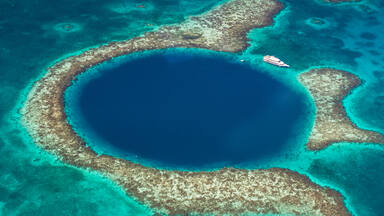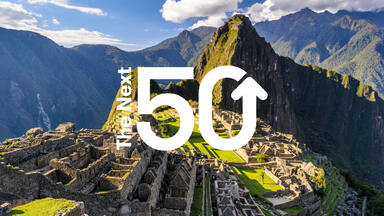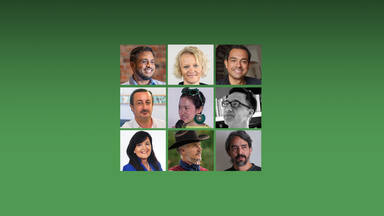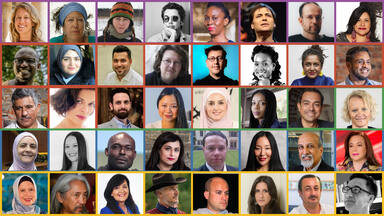Bruce Yerkovich
Founder of the Linden Tree Retreat and Ranch and biophysicist
Aubin Arroyo
Mathematician and a researcher at the Institute of Mathematics of the National Autonomous University of Mexico
Vision for the Next 50
In the Next 50… Establishing sustainable communities is recognized as the first step for sustainable tourism. Tourism truly empowers local communities and protects their heritage and surrounding environment to enhance their livelihoods.
In the Next 50… Mathematics and culture serve each other and cooperate to create a new form of experience. Heritage is inspired by this interdisciplinary approach to moving towards sustainable tourism.
Summary
During the dialogue, Bruce Yerkovich and Aubin Arroyo introduced their innovative practices that create positive change in people towards sustainability. Bruce underlined that sustainable tourism can truly empower and enhance the lives of local communities. Believing that sustainable community comes first for sustainable tourism, he manages his ranch based on local knowledge and techniques to safeguard the environment. Aubin shared his own similar experience exploring the relationship between mathematics and art. He believes mathematics can broaden our understanding of culture, tradition and heritage. In turn, heritage helps us better appreciate ancestral knowledge and its legacy in mathematics and science. He thinks this intersectionality creates a new form of tourism through which people learn and experience.
Dialogue
Watch the dialogue
Explore other sessions
Five dialogue sessions covering five themes take place in 2022, each joined by thinkers in paired dialogue from diverse regions. The interdisciplinary dialogues inspire new visions for the next 50 years of World Heritage.



